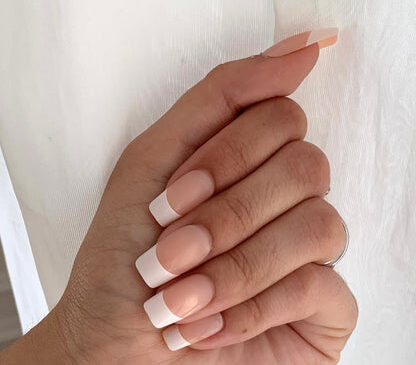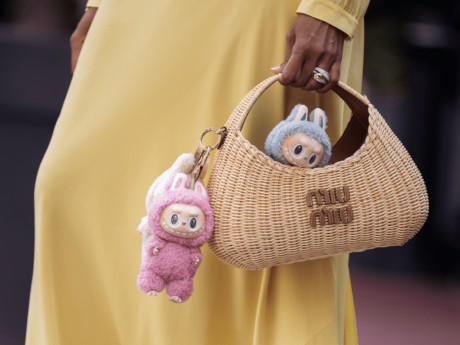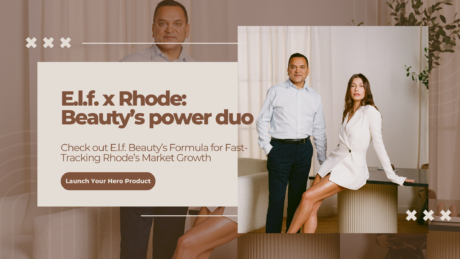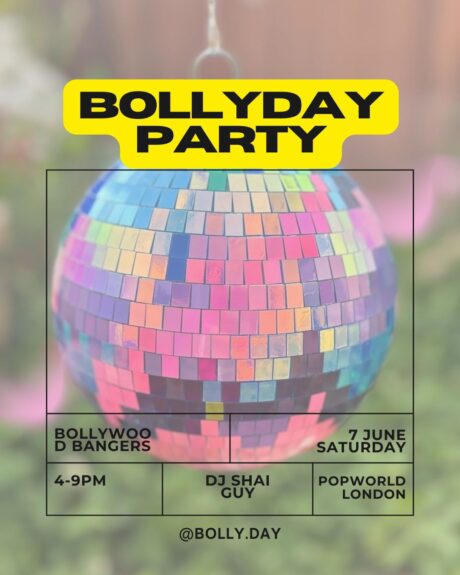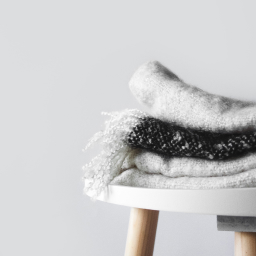Prada Buys Versace For £1.1B – Big Boss Energy & The Future Of UK Luxury Fashion
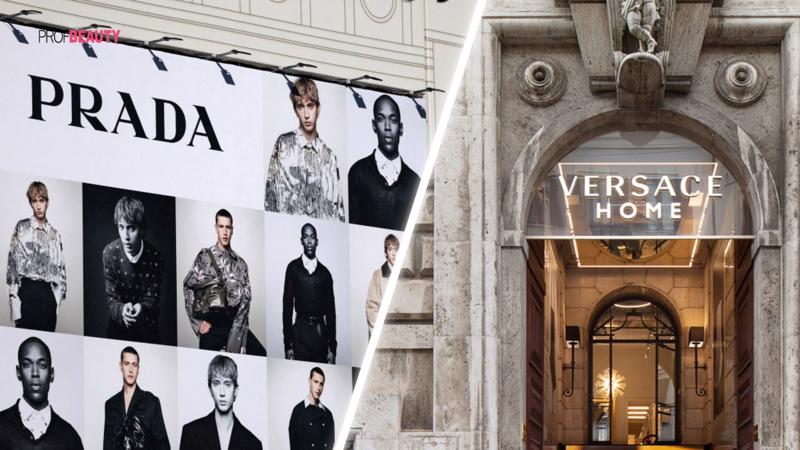
Hola Sugarcups,
It’s one of those rare sunny April mornings in London; the kind that makes you order an overpriced flat white just to sit outside and pretend the world isn’t moving too fast. I’m doom-scrolling LinkedIn when BAM; news hits: Prada just dropped £1.1 billion in cold hard euros to acquire Versace.
The chat group goes OFF.
“Bro, that’s a corporate mic drop.”
“Imagine the synergy.”
“Prada really said, ‘I’ll take the Medusa head, cheers.”
It’s more than just a brand play. This is a strategic shift in the tectonic plates of global luxury, and yes, it’s absolutely a power move.
Let’s unpack it.
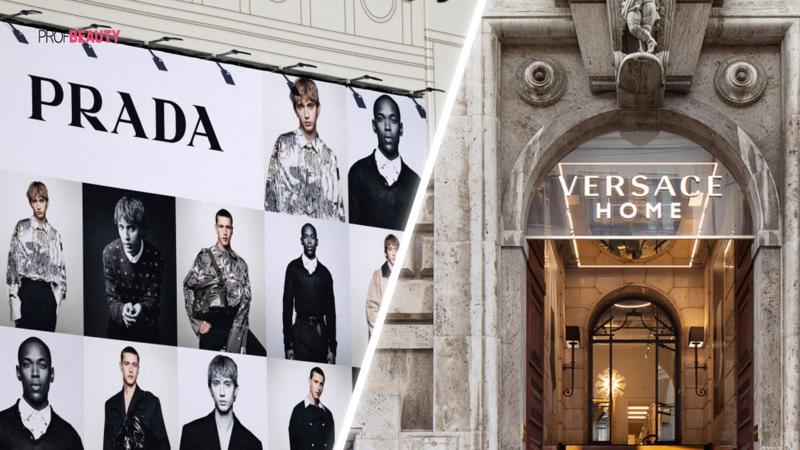
Why This Acquisition is More Than Just Fashion Drama
1. Aesthetic Portfolio Powerplay
Prada = minimalist flex. Versace = maximalist fire. Together? Total aesthetic coverage. Prada’s DNA is rooted in sleek lines, understated elegance, and neutrals that touches sophistication. Versace, on the other hand, is all about unapologetic opulence—gold chains, Medusa motifs, and “more is more” energy. By merging these two iconic styles, Prada now owns a brand portfolio that can cater to every high-end fashion mood board. It’s a move that balances timeless minimalism with bold extravagance, making it a power play that’s impossible to ignore.
2. Maturity Meets Market Expansion
Prada’s been on the slow burn. The 2024 revenue was up 17% (shoutout to Miu Miu), but even legacy brands hit ceilings. You either grow by innovation, or you acquire. Buying Versace means gaining instant market share and product category wins (Versace is strong in accessories and menswear).
3. Asia, Baby
The real prize? Asia.
Prada’s killing it in Asia. Versace? Still under-penetrated. With Prada’s retail and supply chain muscle, Versace can scale fast across China, South Korea, and all the good growth markets where Gen Z is literally shopping luxury on livestream.
Capri Holding’s Move: Exit, Stage Right
Capri Holdings (aka the parent company behind Michael Kors, Jimmy Choo, and Versace) is offloading Versace to focus on fixing its other brands. They needed this cash injection. Take this move as selling your flashiest asset to keep the rest of your house from burning.
What Happens to Versace Now?
Honestly? A glow-up.
New Creative Director: Dario Vitale – modern, edgy, and very plugged into street-luxury.Digital Transformation: Expect a full DTC push. Prada’s e-comm is tight, and they’ll bring that heat to Versace.Pricing Strategy: Versace’s average product price might creep up by 15 to 20%. But with better craftsmanship and brand perception? Consumers might just eat that up.
Also: physical stores will get a facelift. Think high-touch, low-inventory, high-conversion experiences. Less outlet mall, more “invite-only pre-drop launch party.”
Will This Actually Work? Let’s Talk Risks
Can Prada Handle the Drama? Versace is a LOUD brand. Will it clash with Prada’s quiet confidence?Donatella’s Influence: If she steps back too far, the brand might lose its soul; and loyalists might not forgive that. Execution Risk: M&A is hard. The backend ops, marketing rebrand, and retail rollout need to be seamless. Otherwise it’s giving “we tried.”
What To Expect by 2027
If Prada executes right, here’s what’s likely coming:
– Versace revenue grows 11–13% CAGR
– Digital sales = 30%+ EBITDA margin jumps from 14% to 21%
– Versace becomes Prada Group’s fastest growing brand. And Prada, as a group, could go from €5B to €7B in revenue by 2027.
UK Market Take: What This Means for London Luxury
London is where trends are born, pivoted, or power-dressed. The Prada-Versace merger signals:
- Heightened demand for ultra-segmented luxury experiences
- Rebirth of boutique-style service
- Demand for fusion brand pop-ups
- More direct-to-consumer strategies
It also poses a challenge: How do smaller UK luxury brands compete when giants consolidate?
10 Business Concepts for UK Luxury Fashion Post-Prada-Versace
1. Co-living with Luxury Fashion Brands
Can you just imagine: luxury pop-up homes created by fashion houses! What if you were to do a weekend at a “Versace x London Bridge Penthouse”? These by-invitation-only bookings combine immersive branding with ultra-shareable aesthetics, tailor-made for TikTok hype. Expect an annual turnover of £12M when you only have 3-5 locations. This is experiential marketing meets luxury real estate.
2. AR Catwalk Rentals
Why settle for watching fashion when you can wear it in augmented reality? A virtual runway experience where visitors can “walk” the Selfridges’ floor in Prada-Versace digital creations This marriage of fashion and tech is a revenue goldmine as well as a formula for interactivity. Another new revenue stream could be brand collaborations, which could make £4.5M a year as well as providing a new form of engagement.
3. Zero-Waste Couture Labs
Sustainability is now a key focus for consumers, and luxury brands can take advantage of this opportunity through zero-waste incubators. Imagine customers designing couture pieces, with leftover materials, at luxury department stores. This isn’t only a matter of cutting down on waste; it’s about creating brand loyalty and racking up those all-important sustainability credentials, which are, after all, the new currency when it comes to luxury.
4. Fashion Stock Exchange Powered by NFTs
Tokenised fashion drops may be the future of luxury investment. Commodity traders could could buy exclusive Prada or Versace releases, the value varying according to how much chatter they have on social media. UK companies have largely overlooked this undervalued opportunity worth £200M+ in the under 18 market. It is where blockchain intersects with bespoke fashion.
5. AI-as-a-Service: Luxury Styling
AI-driven, subscription-based style platform trained on runway and streetwear data. This tool would benefit mid-tier stylists and content creators looking for high tier styling recommendations without the cost. Assuming 50K users at 20/month, that’s 12M in projected sales a year; refreshing AI driven accuracy.
6. Hyperlocal Atelier Hubs
Slow in pace and heavy in tailoring, a sartorial renaissance. Mobile ateliers, showcasing local tailoring talent, could set up in trend-heavy spots like Shoreditch, Notting Hill, and Edinburgh. These roving hubs not only champion craftsmanship, but also create a narrative around revitalized community, inscribing hyperlocal pride.
7. Fashion Intelligence Reports for Retail Investors
Fashion isn’t simply creative; it’s an investment. Serve hyper-localised, subscription intelligence reports, curated by former buyers and stylists. These reports could measure trends in luxury fashion drops, resale markets, and industry consolidation. For £25/month, this subscription model provides investors with data-driven insights into what style is worth.
8. Repair-as-a-Service for Luxury Fashion
Fast, digital and ultra-chic; fashion repair is no longer your grandmother’s bag. Team up with luxury brands such as Prada and Versace to develop trendy repair services aimed at Gen Z, who care about sustainability. This service isn’t only clever; it’s an opportunity for brands to lock in loyalty while amplifying circular fashion.
9. Couture-Led Wellness Pop-Ups
The wellness space is well poised for luxury disruption. “Imagine Miu Miu x Soho Infrared Lounge,” the couture-infused biohacking experience. These stratospheric peak experiences don’t often sell, remain more aspirational, and have also come with a luxed-up market experience; capturing a growing market of fashion-y wellnessCRAVERS.
10. Gen Z Luxury Loyalty Tokens
Luxury loyalty tokens that gamify the shopping experience. Customers accrue rewards for buying and engaging on social media and creating content, which are redeemable for perks including early product drops, one-on-one stylist consultations or access to invite-only events. It’s a new spin on loyalty programs, made for the digitally savvy Gen Z consumer.
My take? This move is bold. It’s high risk, high reward. But if Prada plays this right; and doesn’t smother the Versace fire; we could be looking at the next LVMH challenger.
And for the rest of us watching from our standing desks, this is your cue: Consolidate smart. Diversify deeper. Protect your brand voice. Period.
Luxury is evolving; and fast.
Until next post,
Love
Jasmin



